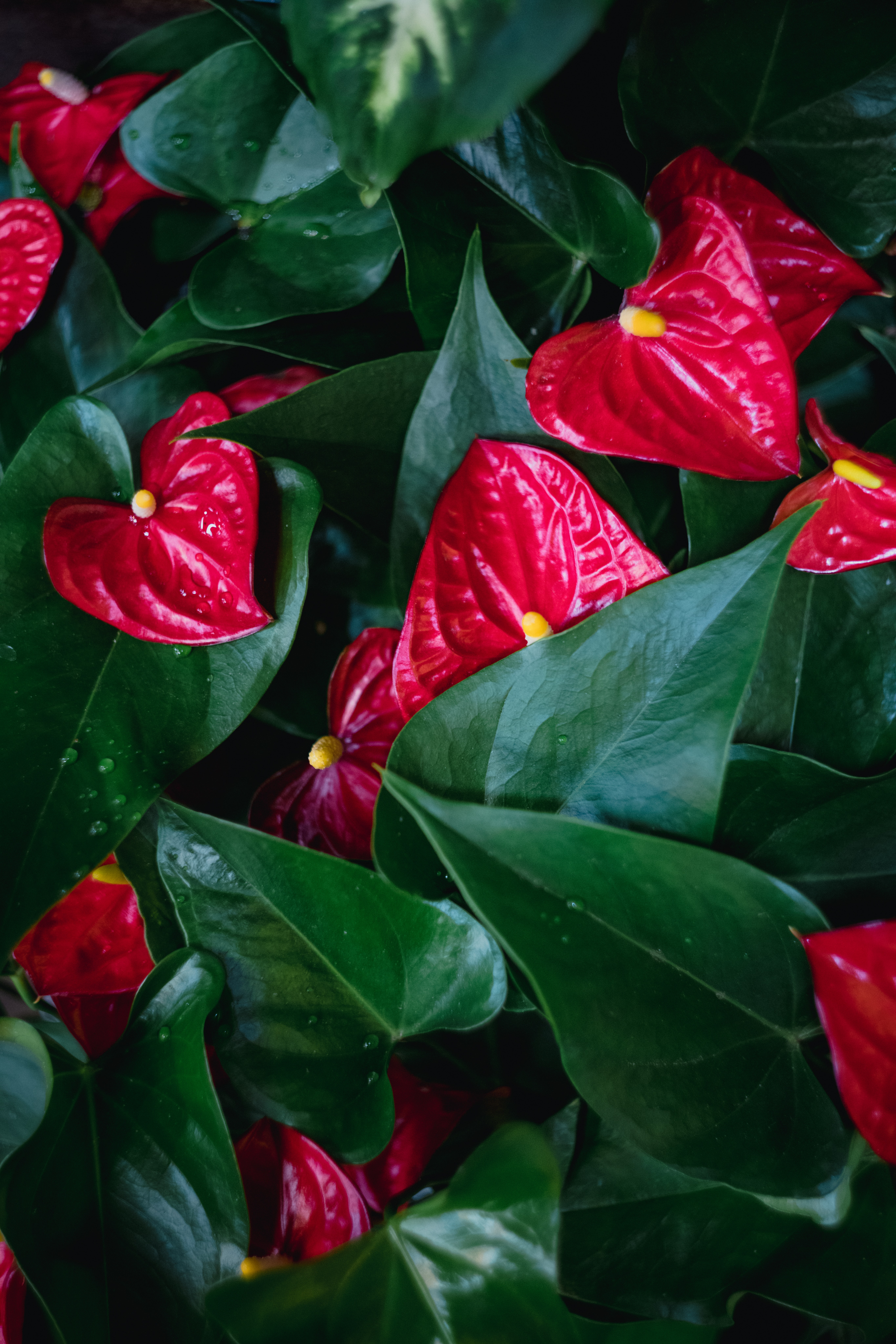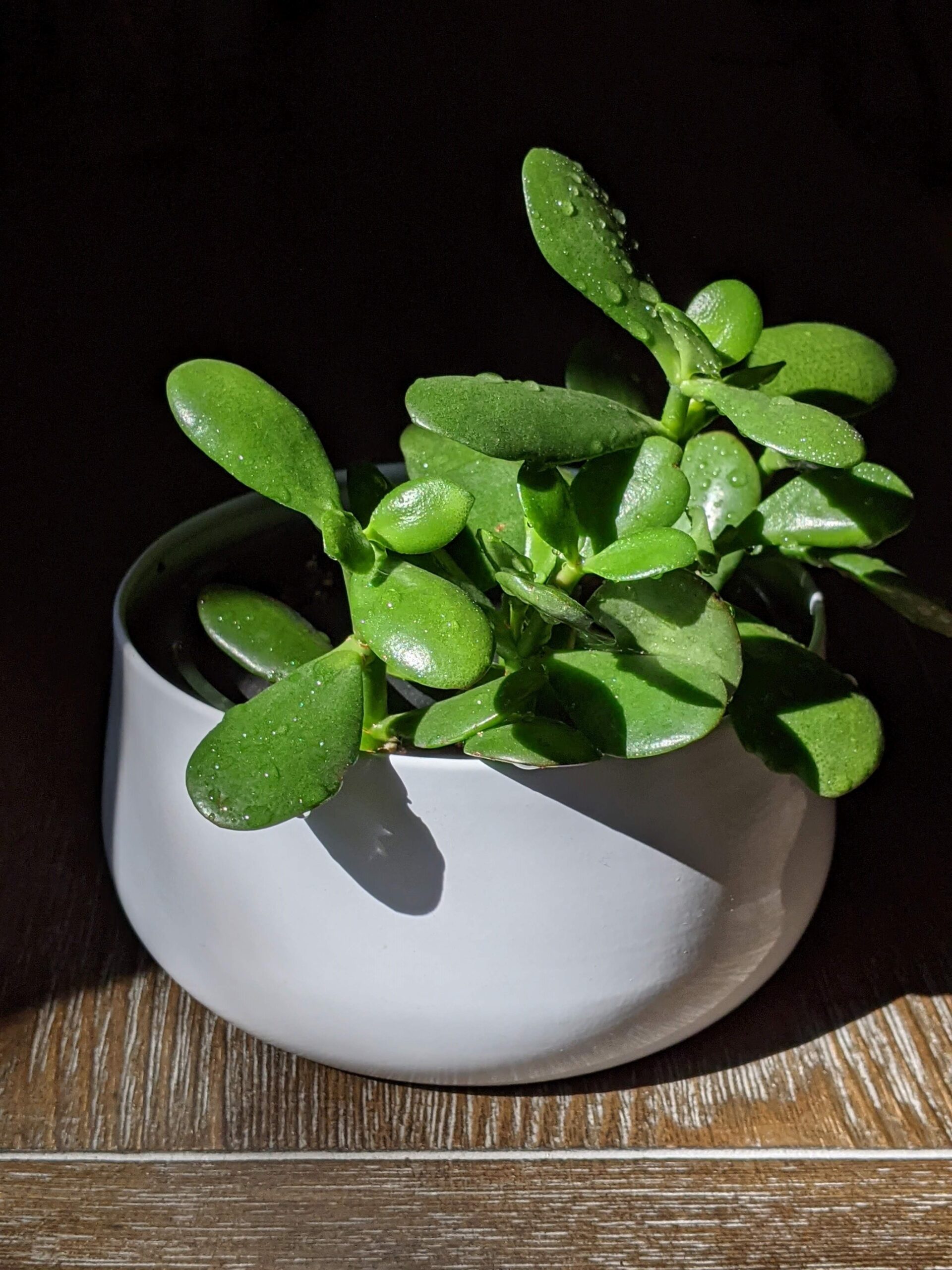Seven houseplants to buy now
These plants can increase oxygen, absorb airborne toxins and make your home and workspace feel and treat you better
Editor’s note: This article is the last in a short series on plants. (The other two were on planting a vegetable garden and on building a terrarium.) This piece focuses on plants that can make your home or work environment healthier for you. Also, please note, as indicated in some parts of this article, that although these plants have health benefits, some are toxic if ingested, particularly by children or pets. Use caution in placing these plants in your home.

By Leesa Putt
Special to The Knightly News
KnightlyEditors@CentralPenn.Edu
With more people spending more time indoors because of workplace changes brought on by the coronavirus pandemic, it can be important to focus on air quality in our homes in general, and in our workspaces in particular.
Even if you’ve returned to a company office, air quality is important.
While air purifiers and filters for our heating and air-conditioning systems are helpful, houseplants can have better results and even lift our moods.
Research conducted by NASA has proven that houseplants can remove up to 87 percent of air toxins and help improve our concentration and productivity by 15 percent.
Considering that plants release oxygen and absorb carbon dioxide (the exact opposite of us), it is easy to understand why we should keep some plants around our homes, especially during winter.
Plants can also have a calming effect, which helps with memory. A study from the University of Michigan found that spending time around plants can increase our memory capacity up to 20 percent. If that isn’t enough to make you run to your local nursery, here are seven popular plants that boast significant health and wellness benefits.

Peace lily. The name alone describes this tranquil plant. Like most lilies, this one also blooms flowers and is a wonderful addition to any home or business. Salons around the country have started incorporating peace lilies as part of their decor because they absorb acetone chemicals found in everyday beauty products. A peace lily will also help remove mold spores in the air, and makes for a great addition to a bathroom or other humid space. According to the practice of feng shui, the beauty of the peace lily can bring calmness and positive energy to a room. However, it is not a beautiful plant to keep around your pets and small children, as it is highly toxic if ingested.

Chinese evergreen. This plant has gorgeous leaves that naturally have multiple shades of green on one plant. It is one of the easiest to grow and is fabulous for beginners. It tolerates almost every indoor condition, and if grown with lots of light, will bloom lily-like flowers. This plant is known for increasing air quality because it removes cancer-causing volatile organic compounds (VOCs) and other pollutants like formaldehyde, acetone or benzene that can cause short-term and long-term health problems when inhaled. It’s important to keep this plant out of reach of small children and pets because it is poisonous if ingested.

Anthurium. This beautiful plant can easily be mistaken as artificial. The bright flowers that appear on the stems look and feel leather-like. It will grow in most settings but prefers direct light. What is lovely about this plant is that it is known to remove ammonia and formaldehyde from the air. Because these toxins are mood-debilitating, having an air-purifying anthurium in your home could be just the plant to boost your spirits. If you have pets, keep this plant in a safe space because if ingested, the anthurium plant is toxic to cats and dogs.

Lavender. The scent of lavender alone is calming and has been used for years in stress-reducing products. If you remember to water it every day and have a place with lots of natural light, it can be a stress-free plant to maintain. The lavender plant is a beautiful addition to a bedroom because it can help with insomnia. In a 2017 study, nurses used lavender in an ICU unit with patients that had trouble sleeping. The study showed significant improvement with the use of lavender. In an article for Everyday Health, lavender also has been attributed to helping with asthma, menopausal hot flashes, depression and nervousness. Although lavender contains linalool, a toxic compound, it is in low enough concentrations that the plant is considered nontoxic. For this reason, lavender is often listed as a safe plant to have around small children and pets. However, if you have a pet that will eat anything, it is best to keep it out of reach as it could make your fur-baby very sick if large amounts are ingested.

Bamboo palm. If you are looking for a tropical vibe for your home, consider a bamboo palm, which not only removes pollutants from the air but is also known for calming anxiety. According to the website HouseFresh, this plant is ranked third all-around for keeping indoor room air clean, including removing formaldehyde. Mental health experts have suggested that the bamboo palm has soothing properties, and according to the website OptimistMinds, it is listed as one of the top 15 plants to calm anxiety and stress. While this plant can survive with minimum attention, it is a larger plant that will grow quickly and will need to be repotted. This plant is also excellent for families because it is nontoxic for pets and small children.

Jade plant. Much like its name, the jade plant is a gorgeous deep green. It is a slow grower and will most likely not need to be repotted. The jade plant is a must-have during a pandemic because it removes indoor VOC pollutants from cleaning products. While we may still be using more disinfectants than before the COVID-19 pandemic arrived, chemicals from cleaning solutions, such as gases that come from liquids in aerosol sprays and liquid cleaners, can induce stress and make us feel unwell. Jade acts as a filter for these pollutants. The jade plant has also been used in Chinese medicine for a very long time. According to the website All Things Gardener, the properties of this plant have been known to treat diabetes and skin conditions, and are used as part of “chi” (the inner body energy, according to many Eastern traditions) to increase energy flow. Jade is a succulent plant with very low maintenance requirements. Because it has minimal light needs, placing this plant in a dark room can help absorb carbon dioxide when people sleep and can increase air quality. It is important to keep these plants out of the reach of paws and little hands because it can be toxic if consumed.

Bird’s nest fern. If you made it to the bottom of the list, here is your prize – the bird’s nest fern. This plant has recently been the focus of study of positive physiological effects and dermatological benefits. In a controlled study published in the National Library of Medicine, when used on the skin, these unique fern extracts included cutaneous protection from oxidative damage that causes aging. It also showed significant improvement in wound healing. On the psychological side, besides just adding more oxygen to the air, which naturally helps ease stress, ferns such as the bird’s nest have been found to help soothe nerves because of their light and airy appearance. Think of it as the fish tank of the plant world. If you aren’t already convinced to buy this little plant, it is also safe for children and pets because it is nontoxic. Besides deciding what planter you want to put it in, this plant is an easy decision for any space.
With all the stress and problems we face today, bringing the outside in can help manage daily anxiety and health concerns.
Consider talking with an expert at your local nursery to find the best plants for your home and work environment.
After all, plants increase your oxygen level, remove toxins from the air and can add natural beauty to any space.
Leesa Putt often writes about health. She recently received a bachelor of science degree in corporate communications from Central Penn.
Comment or story idea? Contact KnightlyEditors@CentralPenn.Edu.
Edited by media-club co-adviser and blog editor Professor Michael Lear-Olimpi.


